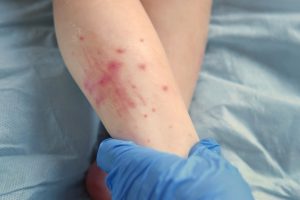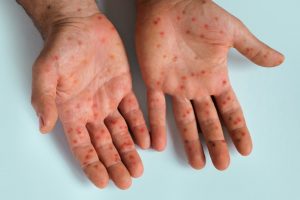Mumps is an acute viral infection caused by the rubulavirus, also known as mumps virus. It is sometimes called ‘infectious parotitis’, as it causes painful swelling of the parotid and or salivary glands. Mumps is generally a mild childhood disease, mostly affecting children between 5-9 years of age. However, younger and older children as well as adults, can become infected with mumps. People who have had mumps are usually protected for life against another mumps infection. However, second occurrences of mumps do rarely occur.
According to the WHO vaccine-preventable diseases monitoring system’s 2019 global summary, only two Southern African countries (eSwatini and Zambia) frequently reported cases of the mumps between 1999 and 2018, whereas South Africa only reported 24 cases in 2002. Mumps reporting has been inconsistent, and limited reports on mumps epidemiology in South Africa. Mumps is not a notifiable medical condition (NMC) and is not included in any formal surveillance programme.
Since February 2023, the NICD has received a number of queries related to possible clusters or outbreaks of mumps in different provinces. To confirm the existence of an outbreak of mumps, national public sector laboratory test data for mumps PCR positives and IgM positives over the period 2013 to current, was requested from the NICD surveillance data warehouse and analysed as an ad hoc surveillance activity.
Outbreak description
From epidemiological week 01 in 2013 (ending 05/01/2013) to week 12 2023 (ending 31/03/2023), 1322 mumps IgM positives (Figure 1) and 30 mumps PCR positives (11 (37%) in 2023) were identified from 20813 combined tests. Annual percent-positivity for mumps IgM had previously peaked at 39% in 2019, however, the percent-positivity for 2023, from available data, is 69% (Figure 2). Annual percent-positivity for mumps IgM tests by age category shows marked increases in percent-positivity in the 1-4-year age category (84% in 2023) and the 5-9-year age category (83% in 2023), followed by the 30-34-year age category (67%) and 10-14-year age category (54%) (Figure 3). More recent data presented as an epidemic curve (Figure 4), shows unexpected, steady increases in IgM test positives from week 6 of 2023 with KwaZulu-Natal, Mpumalanga and Gauteng accounting for the majority. The unexpected, sudden increase in mumps IgM and PCR test positives, in the absence of other data, constitutes an outbreak.
To limit transmission during an outbreak, in countries where mumps vaccination is universally available, public health authorities may recommend an additional dose of the combination measles, mumps and rubella (MMR) vaccine for people who belong to groups at increased risk for getting mumps. These groups are usually those who are likely to have close contact, such as sharing sport equipment or drinks, kissing, or living together, with a person who has mumps. As the MMR vaccine as an intervention is not universally available in South Africa, it is best to seek the advice of your local healthcare provider.
For more information on mumps please visit: https://www.nicd.ac.za/diseases-a-z-index/mumps/
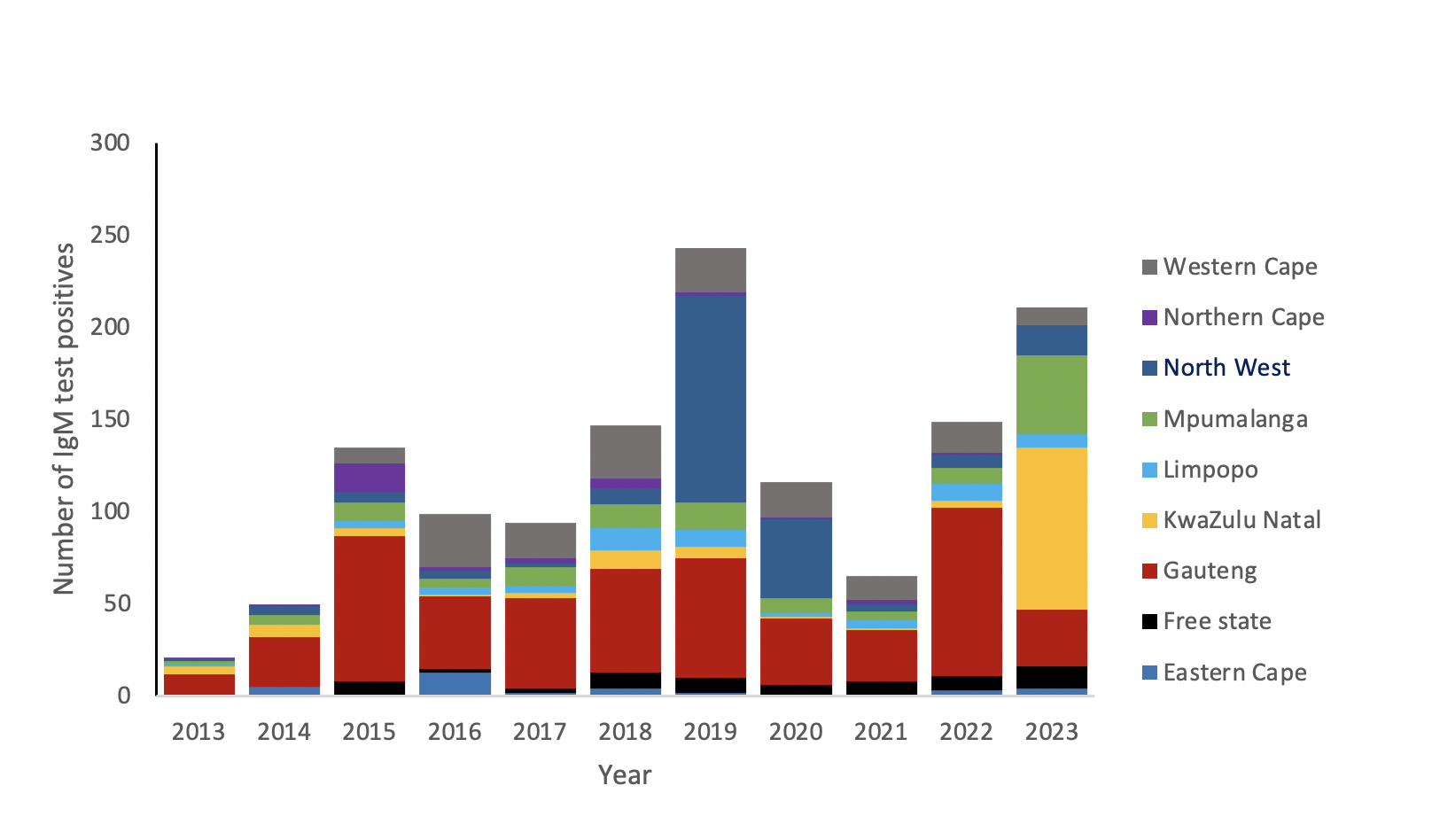
Figure 1: Annual number of mumps IgM test positives by province illustrated from national public sector laboratory data from the NICD surveillance data warehouse for the epidemiological week 01 in 2013 (ending 05/01/2013) to week 12 2023 (ending 31/03/2023).
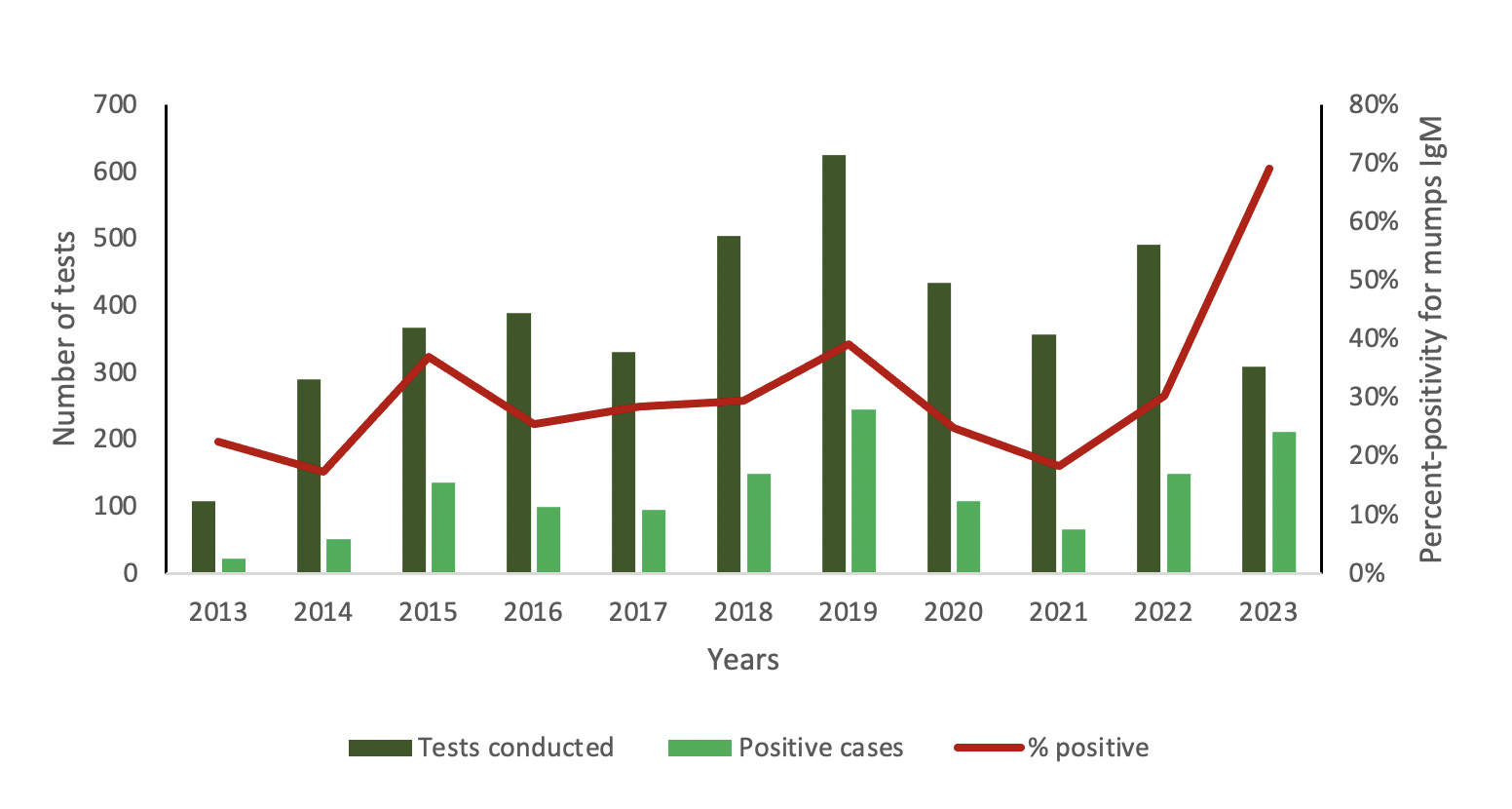
Figure 2: Annual percent-positivity for mumps IgM tests illustrated from national public sector laboratory data from the NICD surveillance data warehouse for the epidemiological week 01 in 2013 (ending 05/01/2013) to week 12 2023 (ending 31/03/2023).
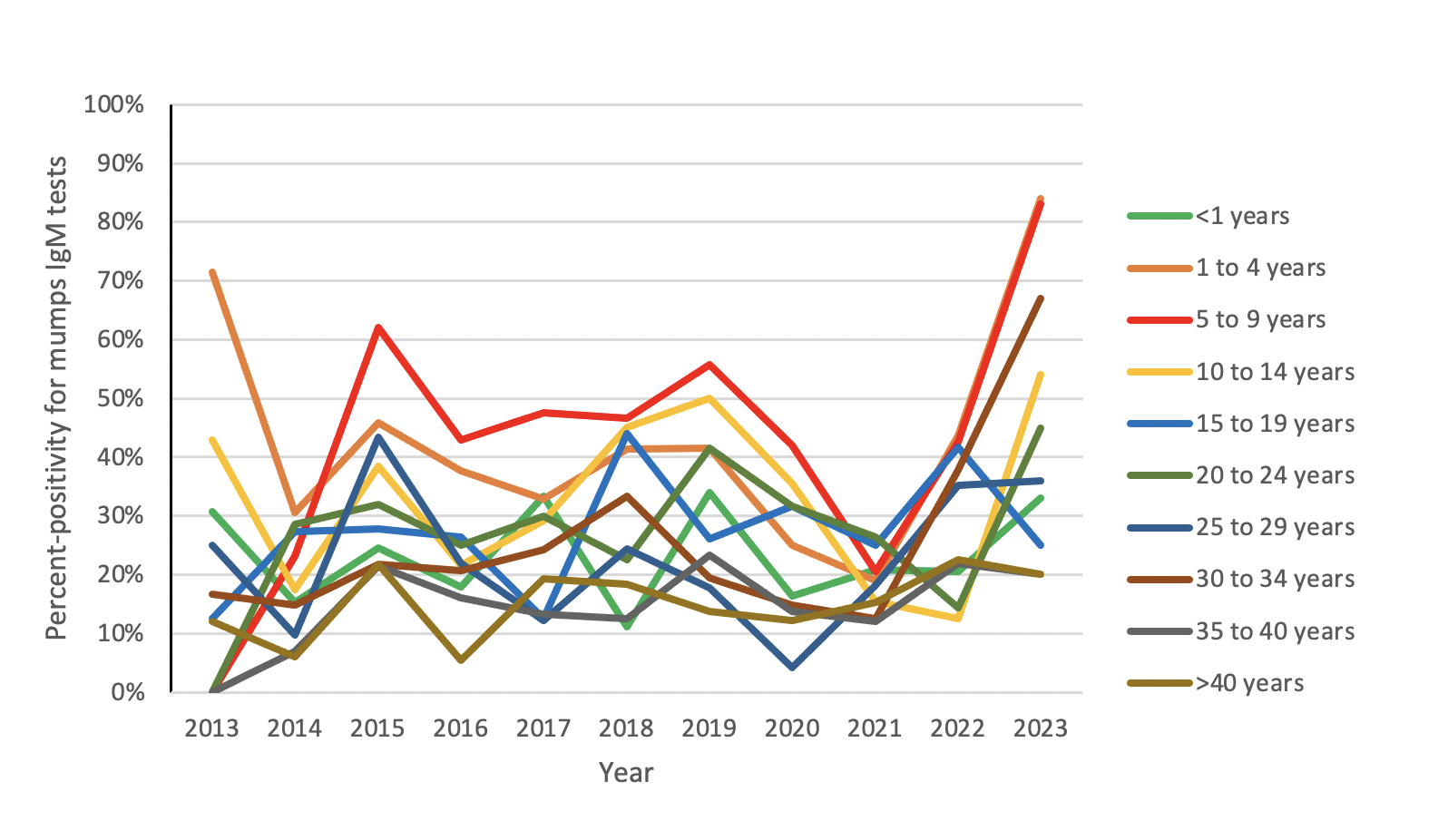
Figure 3: Annual percent-positivity for mumps IgM tests by age category (in years) illustrated from national public sector laboratory data from the NICD surveillance data warehouse for the epidemiological week 01 in 2013 (ending 05/01/2013) to week 12 2023 (ending 31/03/2023).
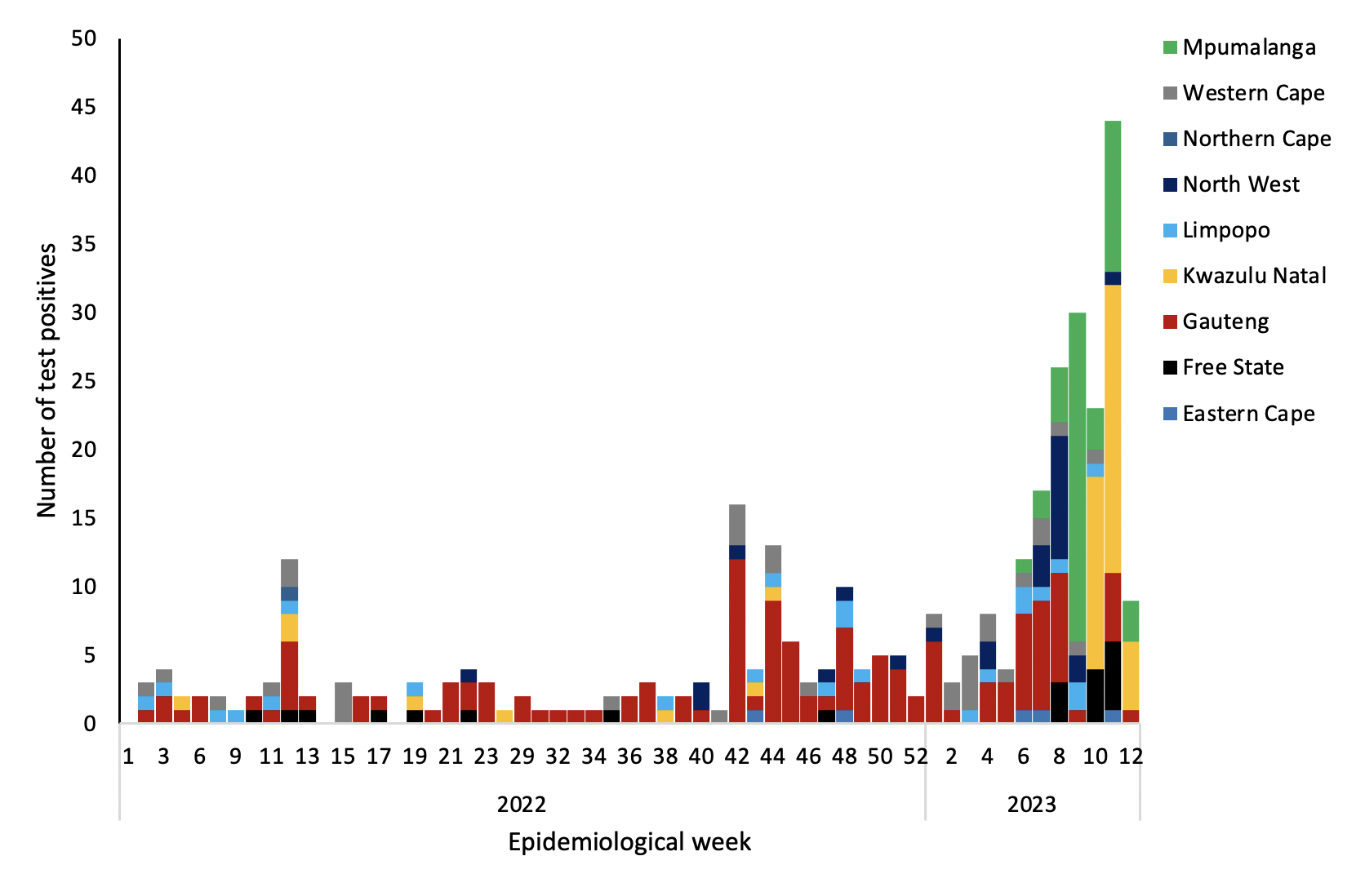
Figure 4: Epidemic curve for mumps IgM test positives illustrated from national public sector laboratory data from the NICD surveillance data warehouse for the epidemiological week 01 in 2022 (ending 08/01/2022) to week 12 2023 (ending 31/03/2023).



